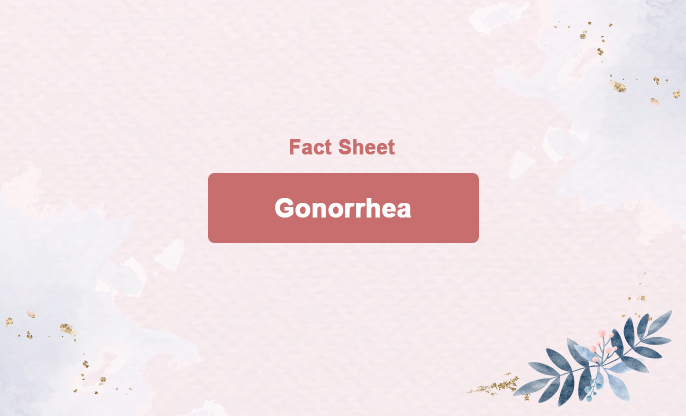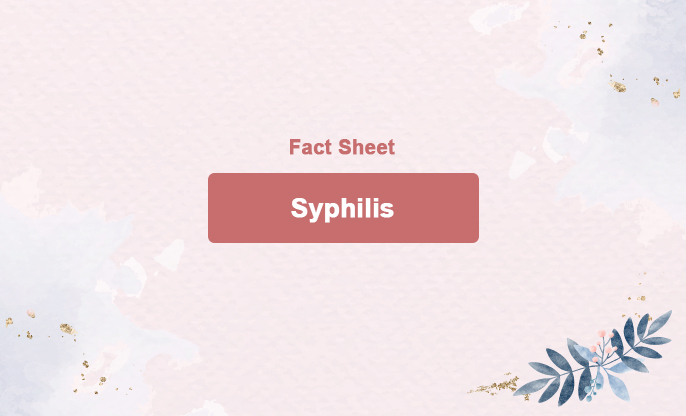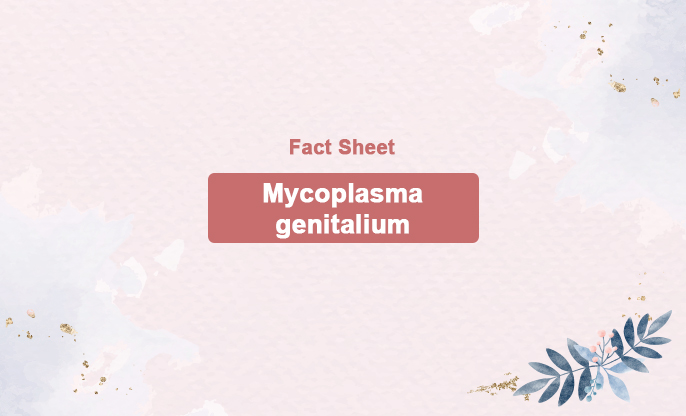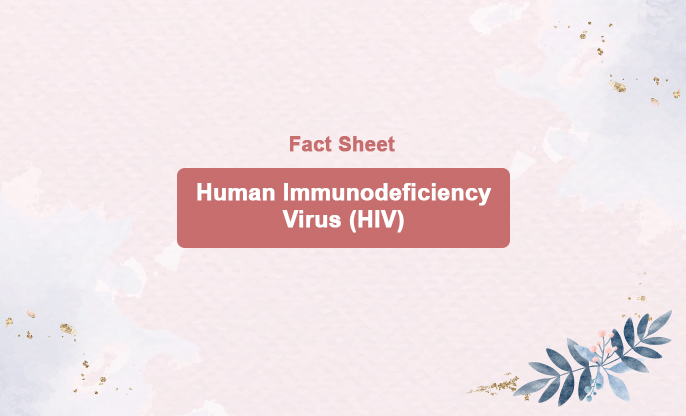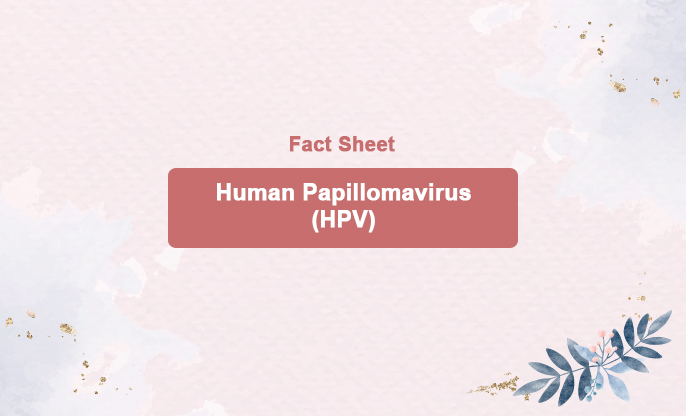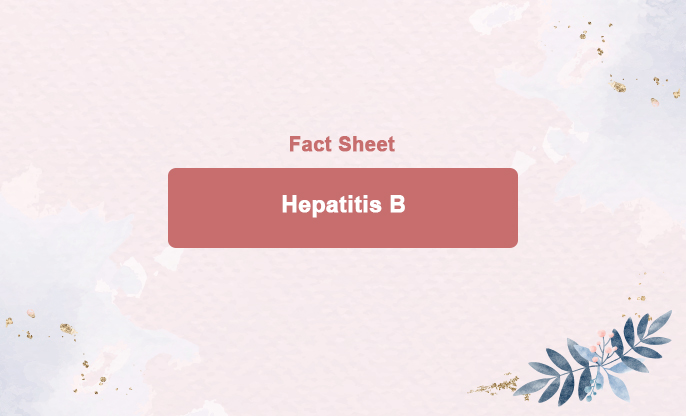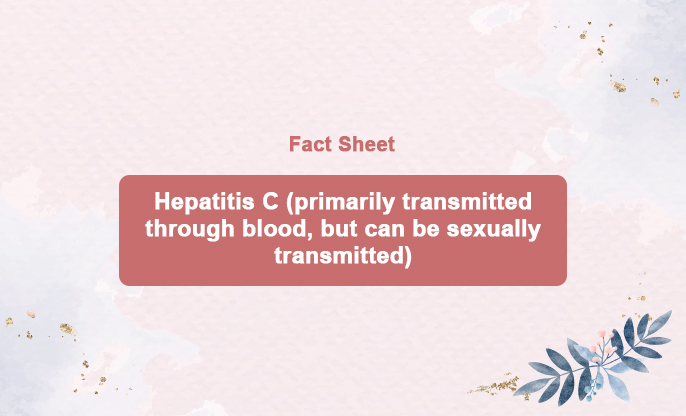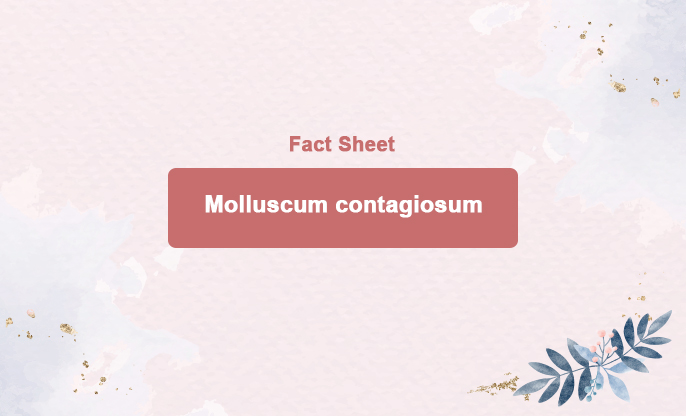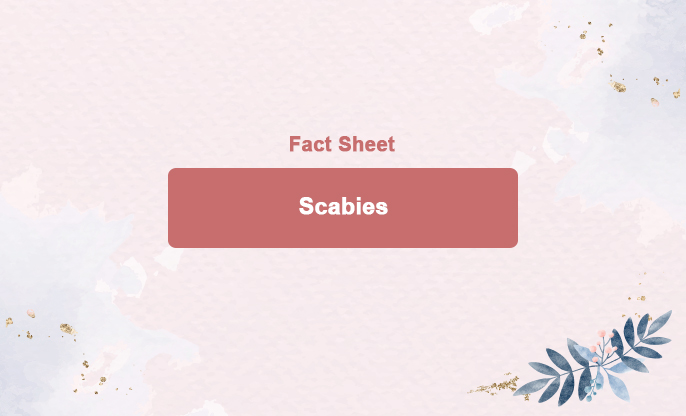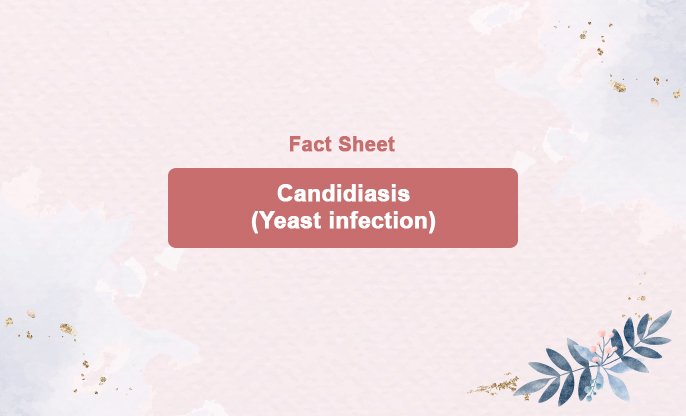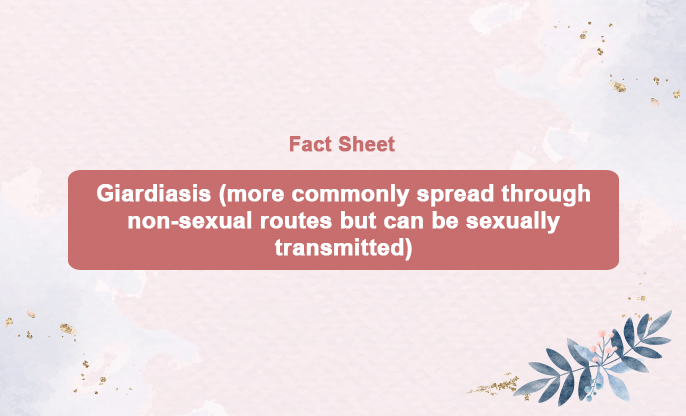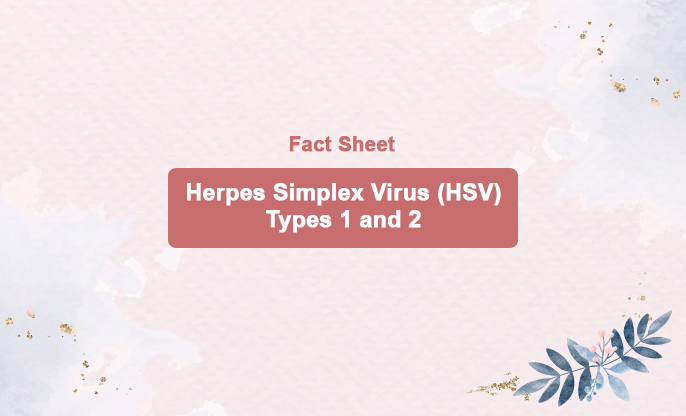
What is this?
Herpes simplex virus (HSV), commonly known as herpes, is a widespread infection that causes painful blisters or ulcers. It primarily spreads through skin-to-skin contact. While it is treatable, there is currently no cure.
There are two types of Herpes simplex virus:
Type 1 (HSV-1): Primarily spreads through oral contact and causes infections in or around the mouth (oral herpes or cold sores). It can also cause genital herpes. Most adults are infected with HSV-1.
Type 2 (HSV-2): Spreads through sexual contact and causes genital herpes.
Most people with HSV have no symptoms or only mild symptoms. The infection can cause painful blisters or ulcers that can recur over time. While medicines can reduce symptoms, they cannot cure the infection.
Most people with herpes have no symptoms or only mild symptoms, and many are unaware they have the infection, potentially spreading the virus to others without knowing.
Symptoms:
General Symptoms:
Painful, recurring blisters or ulcers.
New infections may cause fever, body aches, and swollen lymph nodes.
First Episode vs. Recurrent Episodes:
Symptoms can differ between the initial outbreak and subsequent recurrences.
Initial symptoms often include tingling, itching, or burning near the area where sores will appear.
Oral Herpes Symptoms:
Blisters (cold sores) or open sores (ulcers) in or around the mouth or lips.
Genital Herpes Symptoms:
Bumps, blisters, or open sores (ulcers) around the genitals or anus.
These sores and blisters are typically painful. Blisters may break open, ooze, and then crust over.
First Infection:
During their first infection, individuals may experience:
Fever
Body aches
Sore throat (oral herpes)
Headache
Swollen lymph nodes near the infection
Recurrences:
People can have repeated outbreaks over time.
Recurrences are usually shorter and less severe than the first outbreak.
Medication can help reduce symptoms but cannot cure the infection.
How is it transmitted?
HSV-1 is primarily transmitted through contact with the virus in sores, saliva, or surfaces in or around the mouth. Less commonly, it can be spread to the genital area through oral-genital contact, resulting in genital herpes. Transmission can occur from oral or skin surfaces that appear normal, though the risk is highest when active sores are present. People with HSV-1 are not at risk of reinfection with the same virus but can still acquire HSV-2.
HSV-2 is mainly transmitted during sex through contact with genital or anal surfaces, skin, sores, or fluids from an infected person. It can be spread even if the skin appears normal and often occurs without symptoms.
In rare cases, both HSV-1 and HSV-2 can be transmitted from mother to child during delivery, leading to neonatal herpes.
Standard treatment protocol and time:
Medicines are often used to treat initial or recurrent episodes of herpes. While they can reduce the duration and severity of symptoms, they cannot cure the infection.
Treatment for Herpes:
Effectiveness: Treatment for recurrent episodes is most effective when started within 48 hours of symptom onset.
Common Antivirals: Acyclovir, famciclovir, and valacyclovir are commonly prescribed antiviral medications.
Daily Suppression: Taking a lower daily dose of these medicines can reduce the frequency of outbreaks.
Recommended Use: Treatment is often recommended for individuals who experience very painful or frequent recurrences or who wish to lower the risk of transmitting herpes to others.
Pain Management:
Oral Pain Relievers: Paracetamol (acetaminophen), naproxen, or ibuprofen can help with pain related to sores.
Topical Anesthetics: Benzocaine and lidocaine can be applied to numb the affected area.
Virus Behavior and Triggers:
Virus Location: The herpes simplex virus resides inside nerve cells and alternates between inactive and active states.
Triggers for Activation: Certain factors can reactivate the virus, including:
Illness or fever
Sun exposure
Menstrual period
Injury
Emotional stress
Surgery
For those whose oral herpes is triggered by sunlight, avoiding sun exposure and using sunscreen can lower the risk of recurrences.
How to avoid it?
Individuals with symptoms of oral herpes should avoid oral contact with others, including oral sex, and refrain from sharing objects that have come into contact with saliva. Those with genital herpes symptoms should abstain from sexual activity while symptomatic. Both HSV-1 and HSV-2 are most contagious when sores are present, but transmission can still occur even without visible symptoms.
Prevention:
Oral Herpes: Avoid oral contact and sharing items that touch saliva when symptoms are present.
Genital Herpes: Abstain from sexual activity during symptomatic periods.
Safe Sex Practices:
Condom Use: Consistent and correct use of condoms is the best way to prevent genital herpes and other STIs, though HSV can still be transmitted through contact with areas not covered by the condom.
Male Circumcision: Medical male circumcision offers lifelong partial protection against HSV-2, HIV, and human papillomavirus (HPV).
Recommendations:
HIV Testing: Individuals with symptoms suggestive of genital herpes should be offered HIV testing.
Pregnant Women: Pregnant women with genital herpes symptoms should inform their healthcare providers. Preventing HSV-2 infection is especially crucial during late pregnancy when the risk of neonatal herpes is highest.

